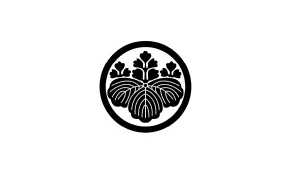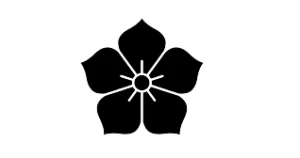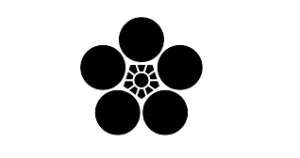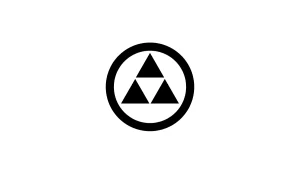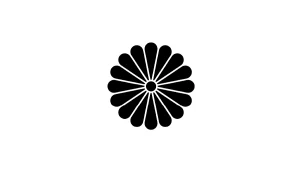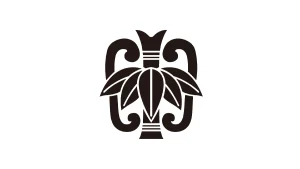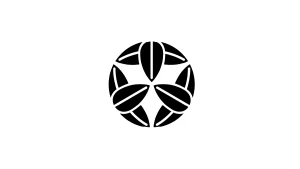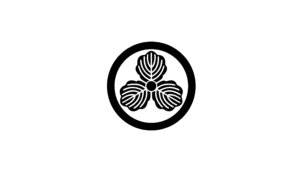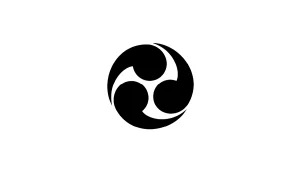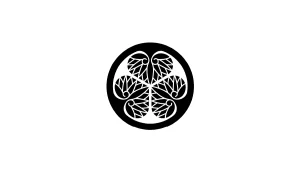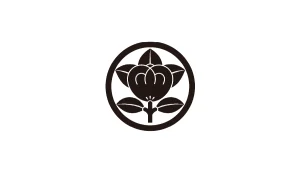Yotsu-bishi— Japanese Family Crest (Kamon)
Yotsu-bish(Four-Diamonds Crest) (Kamon)

Overview
“Yotsu-bishi” arranges four rhombus-shaped diamonds into a larger diamond pattern, without any surrounding circle. Its clean geometry made it easy to paint on armour, banners, and kimono, helping it spread widely among samurai and merchant families.
Historical Significance
The crest achieved renown through the Takeda clan of Kai Province, where it symbolised martial resolve. During the Sengoku era, its bold form was painted on battle standards at Kawanakajima and forged onto tsuba (sword guards). Variants later appeared on merchant sails in Sakai City, signalling reliability and wealth.
Symbolism
Four sturdy “seeds” joined edge-to-edge signify a clan both resilient and prosperous, open to opportunities in every quarter.
Modern Usage
Yotsu-bishi still decorates shrine lanterns, festival happi coats, sake labels, and corporate logos seeking a sharp, balanced motif. At Shodocafe7557, its crisp lines reproduce beautifully on tote bags and hanko stamps, making it a favourite among guests who admire minimalist design.
- What does the Yotsu-bishi crest symbolise?
-
It represents prosperity, resilience and family unity; the sturdy water-chestnut seed (bishi) was believed to bring good fortune.
- Which clans used this crest historically?
-
Most famously the Takeda clan of Kai Province; variants were also used by branches of the Matsudaira and other warrior families.
- Can I add the Yotsu-bishi crest to a tote bag at Shodocafe7557?
-
Yes.
Customizable Tote Bag with Japanese Family Crests (Kamon) and Kanji
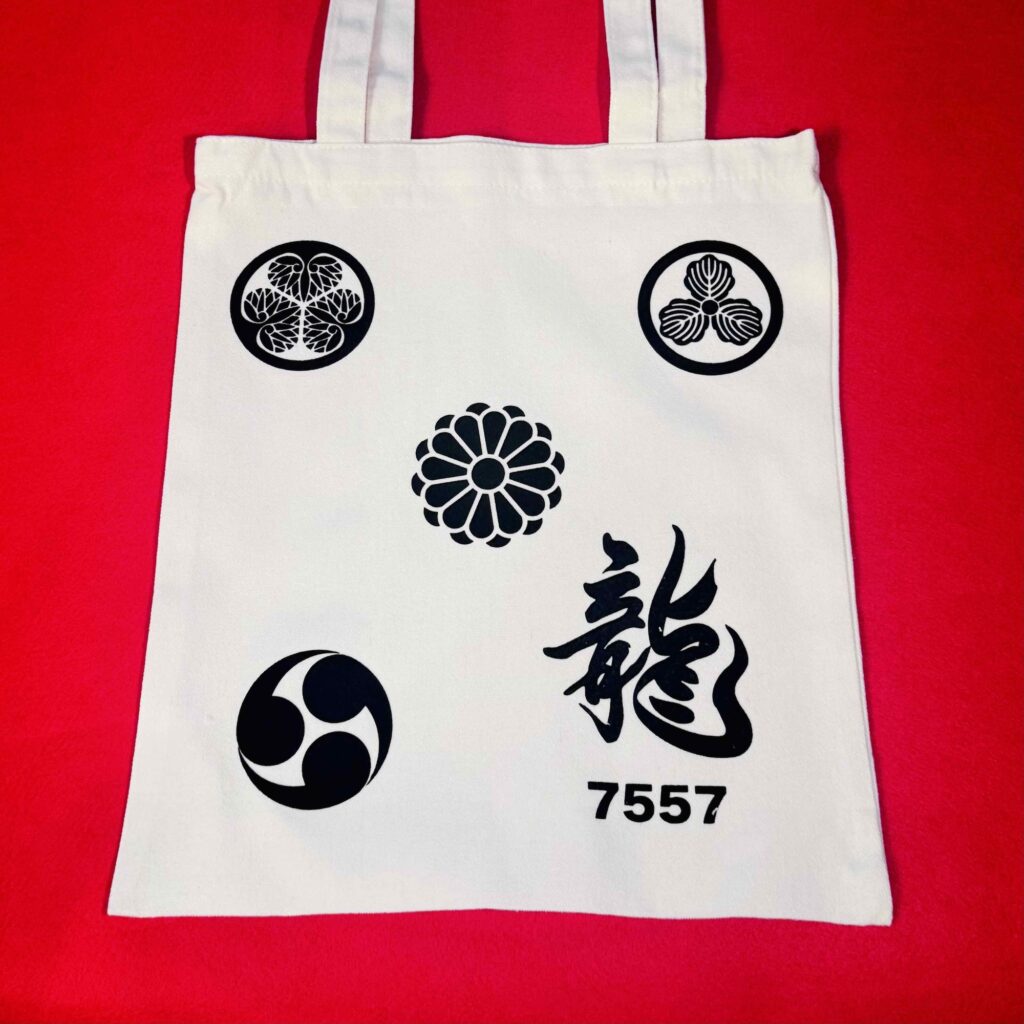
We sell customizable tote bags featuring Japanese family crests (kamon) and kanji. Choose your favorite crest and characters—such as ‘龍’—and we’ll craft a unique, made-in-Tokyo piece. Perfect as a cultural gift or travel keepsake. Lead time varies by design.
Want to explore more Japanese family crests?
Check out the links below to learn about the meanings and origins of other representative kamon.
We also offer custom tote bags featuring your favorite crest—feel free to contact us for orders or inquiries!
Which is your favorite family crest?
Japanese family crest
